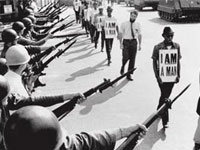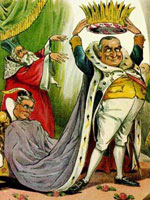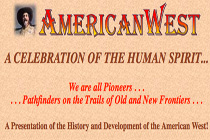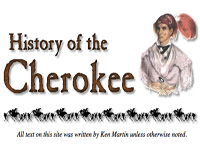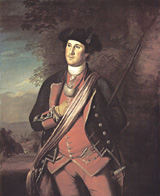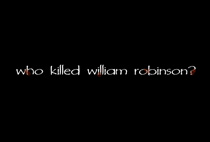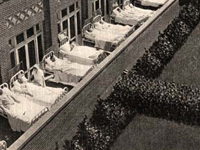Southwest Museum of the American Indian
"The galleries at the Southwest Museum of the American Indian are closed to the public at this time. However, the Museum Store is open on Saturdays and Sundays and we will continue to offer great programs and events throughout the year.
The galleries are closed due to extensive rehabilitation of the building and conservation of its rare collection of Native American artifacts, with the goal of moving most of the collection to a new state-of-the-art home by 2009. Plans call for the infrastructure improvements to the Southwest Museum to be completed by 2010, when the building will be open for a new cultural use, fulfilling founder Charles Lummis' vision and belief that all indigenous peoples be understood."


